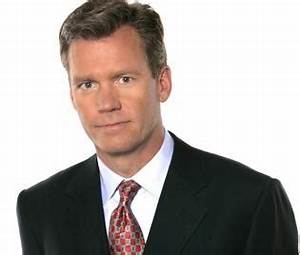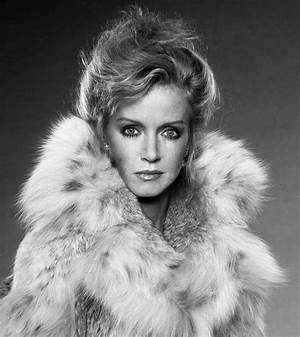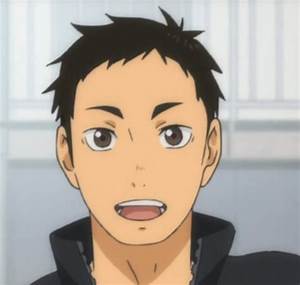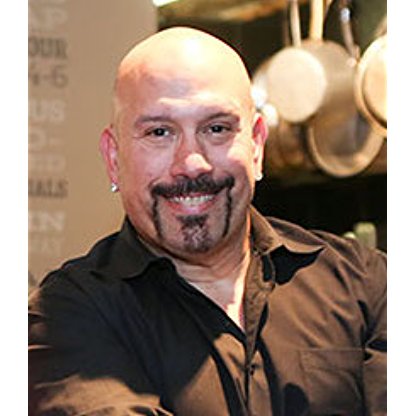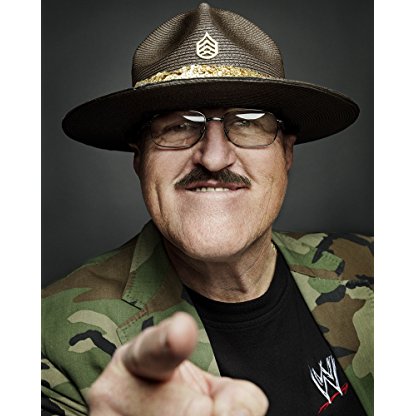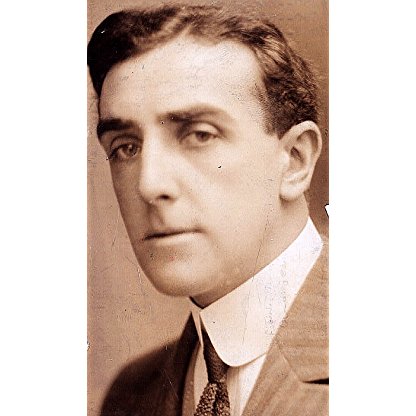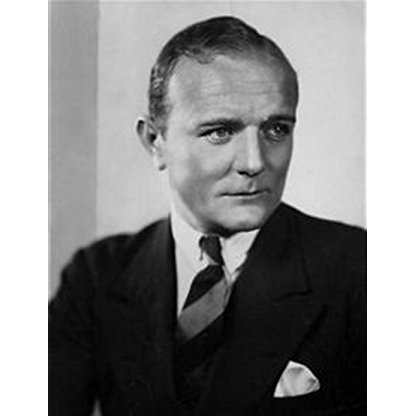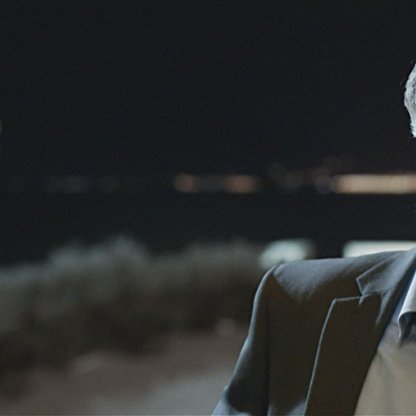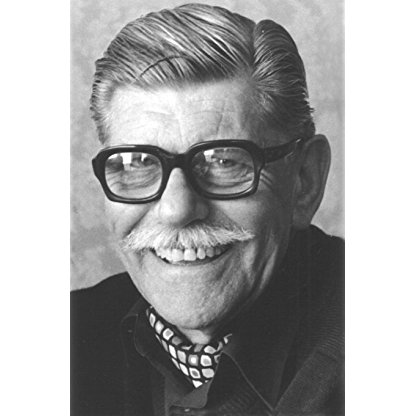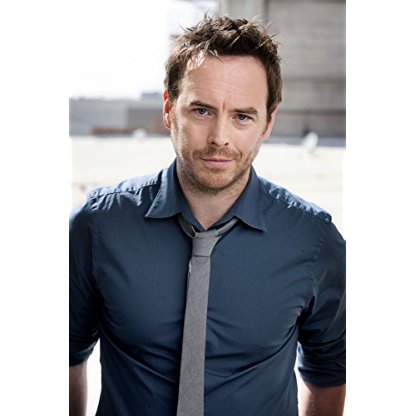💰Vincent Price Net worth and Salary
|
House on Haunted Hill (1959)
|
$10,000 + 10% of gross |
|
Return of the Fly (1959)
|
$25,000 |
|
The Hilarious House of Frightenstein (1971)
|
$13,000 |
|
Escapes (1986)
|
$10,000 |
Actor, raconteur, art collector and connoisseur of haute cuisine are just some of the attributes associated with Vincent Price. He was born of Welsh ancestry to prosperous parents ("not rich enough to evoke envy but successful enough to demand respect"). His uniquely cultivated voice and persona were the result of a well-rounded education which began when his family dispatched him on a tour of Europe's cultural centres. His secondary education eventually culminated in a B.A. in English from Yale University and a degree in art history from London's Courtauld Institute.
Famously, his name has long been a byword for Gothic horror on screen. However, Vincent Price was, first and foremost, a man of the stage. It is where he began his career and where it ended. He faced the footlights for the first time at the Gate Theatre in London. At the age of 23, he played Prince Albert in the premiere of Arthur Schnitzler 's 'Victoria Regina' and made such an impression on producer Gilbert Miller that he launched the play on Broadway that same year (legendary actress Helen Hayes played the title role). In early 1938, he was invited to join Orson Welles 's Mercury Theatre on a five-play contract, beginning with 'The Shoemaker's Holiday'. He gave what was described as "a polished performance". Thus established, Vincent continued to make sporadic forays to the Great White Way, including as the Duke of Buckingham in Shakespeare's 'Richard III' (in which a reviewer for the New Yorker found him to be "satisfactorily detestable") and as Oscar Wilde in his award-winning one man show 'Diversions and Delights', which he took on a hugely successful world-wide tour in 1978. While based in California, Vincent was instrumental in the success of the La Jolla Playhouse in San Diego, starring in several of their bigger productions, including 'Billy Budd' and 'The Winslow Boy'. In 1952, Vincent joined the national touring company of 'Don Juan in Hell' in which he was cast as the devil. Acting under the direction of Charles Laughton and accompanied by noted thespians Charles Boyer, Cedric Hardwicke and Agnes Moorehead, he later recalled this as one of his "greatest theatrical excitements".
As well as acting on stage, Vincent regularly performed on radio network programs, including Lux Radio Theatre, CBS Playhouse and shows for the BBC. He narrated or hosted assorted programs ranging from history (If these Walls Could Speak) to cuisine (Cooking Price-Wise). He wrote several best-selling books on his favourite subjects: art collecting and cookery. In 1962, he was approached by Sears Roebuck to act as a buying consultant "selling quality pictures to department store customers". As if that were not enough, he lectured for 15 years on art, poetry and even the history of villainy. He recorded numerous readings of poems by Edgar Allan Poe (nobody ever gave a better recital of "The Raven"!), Shelley and Whitman. He also served on the Arts Council of UCLA, was a member of the Fine Arts Committee for the White House, a former chairman of the Indian Arts & Crafts Board and on the board of trustees of the Los Angeles County Museum of Art.
And besides all of that, Vincent Price remained a much sought-after motion picture actor. He made his first appearance on screen as a romantic lead in Service de Luxe (1938), a frothy Universal comedy which came and went without much fanfare. After that, he reprised his stage role as Master Hammon in an early television production of 'The Shoemaker's Holiday'. For one reason or another, Vincent was henceforth typecast as either historical figures (Sir Walter Raleigh, Duke of Clarence, Mormon leader Joseph Smith, King Charles II, Cardinal Richelieu, Omar Khayyam) or ineffectual charmers and gigolos. Under contract to 20th Century Fox (1940-46), Laura (1944) provided one of his better vehicles in the latter department, as did the lush Technicolor melodrama Leave Her to Heaven (1945) which had Vincent showcased in a notably powerful scene as a prosecuting attorney. His performance was singled out by the L.A. Times as meriting "attention as contending for Academy supporting honors".
His first fling with the horror genre was Dragonwyck (1946), a Gothic melodrama set in the Hudson Valley in the early 1800's. For the first time, Vincent played a part he actually coveted and fought hard to win. His character was in effect a precursor of those he would later make his own while working for Roger Corman and American-International. As demented, drug-addicted landowner Nicholas Van Ryn, he so effectively terrorised Gene Tierney's Miranda Wells that the influential columnist Louella Parsons wrote with rare praise: "The role of Van Ryn calls for a lot of acting and Vincent admits he's a ham and loves to act all over the place, but the fact that he has restrained himself and doesn't over-emote is a tribute to his ability". If Vincent was an occasional ham, he proved it with his Harry Lime pastiche Carwood in The Bribe (1949). Much better was his starring role in a minor western, The Baron of Arizona (1950), in which he was convincingly cast as a larcenous land office clerk attempting to create his own desert baronetcy.
With De man met de wassen beelden (1953) , Vincent fine-tuned the character type he had established in Dragonwyck, adding both pathos and comic elements to the role of the maniacal sculptor Henry Jarrod. It was arduous work under heavy make-up which simulated hideous facial scarring and required three hours to apply and three hours to remove. He later commented that it "took his face months to heal because it was raw from peeling off wax each night". However, the picture proved a sound money maker for Warner Brothers and firmly established Vincent Price in a cult genre from which he was henceforth unable to escape. The majority of his subsequent films were decidedly low-budget affairs in which the star tended to be the sole mitigating factor: The Mad Magician (1954), The Fly (1958) (and its sequel), House on Haunted Hill (1959), the absurd The Tingler (1959) (easily the worst of the bunch) and The Bat (1959). With few exceptions, Vincent's acting range would rarely be stretched in the years to come.
Vincent's association with the genial Roger Corman began when he received a script for The Fall of the House of Usher, beginning a projected cycle of cost-effective films based on short stories by Edgar Allen Poe. As Roderick Usher, Vincent was Corman's "first and only choice". Though he was to receive a salary of $50,000 for the picture, it was his chance "to express the psychology of Poe's characters" and to "imbue the movie versions with the spirit of Poe" that clinched the deal for Vincent. He made another six films in this vein, all of them box office winners. Not Academy Award stuff, but nonetheless hugely enjoyable camp entertainment and popular with all but highbrow audiences. Who could forget Vincent at his scenery chewing best as the resurgent inquisitor, luring Barbara Steele into the crypt in Het Mysterie van de Dodende Slinger (1961)? Or as pompous wine aficionado Fortunato Luchresi in that deliriously funny wine tasting competition with Montresor Herringbone (Peter Lorre) in Griezelverhalen (1962)? Best still, the climactic battle of the magicians pitting Vincent's Erasmus Craven against Boris Karloff's malevolent Dr. Scarabus in The Raven (1963) (arguably, the best offering in the Poe cycle). The Comedy of Terrors (1963) was played strictly for laughs, with the inimitable combo of Price and Lorre this time appearing as homicidal undertakers.
For the rest of the 60s, Vincent was content to remain in his niche, playing variations on the same theme in War-Gods of the Deep (1965) and De heksenjager (1968) (as Matthew Hopkins). He also spoofed his screen personae as Dr. Goldfoot and as perennial villain Egghead in the Batman (1966) series. He rose once more to the occasion in the cult black comedy The Abominable Dr. Phibes (1971) (and its sequel Dr. Phibes Rises Again (1972)) commenting that he had to play Anton Phibes "very seriously so that it would come out funny". The tagline, a parody of the ad for Love Story (1970), announced "love means never having to say you're ugly".
During the 70s and 80s, Vincent restricted himself mainly to voice-overs and TV guest appearances. His final role of note was as the inventor in Edward Scissorhands (1990), a role written specifically for him. The embodiment of gleeful, suave screen villainy, Vincent Price died in Los Angeles in October 1993 at the age of 82. People magazine eulogised him as "the Gable of Gothic". Much earlier, an English critic named Gilbert Adair spoke for many fans when he said "Every man his Price - and mine is Vincent".
